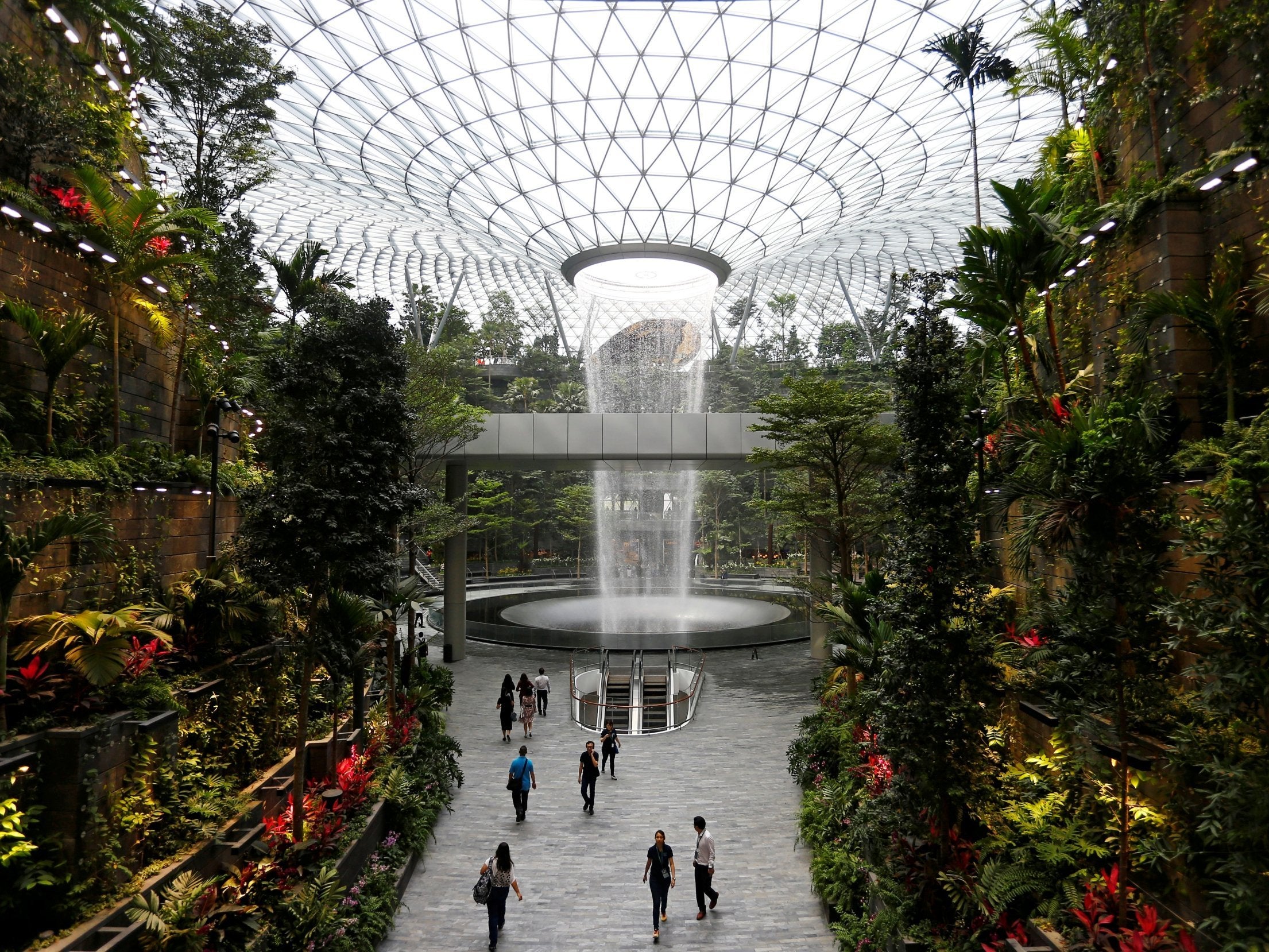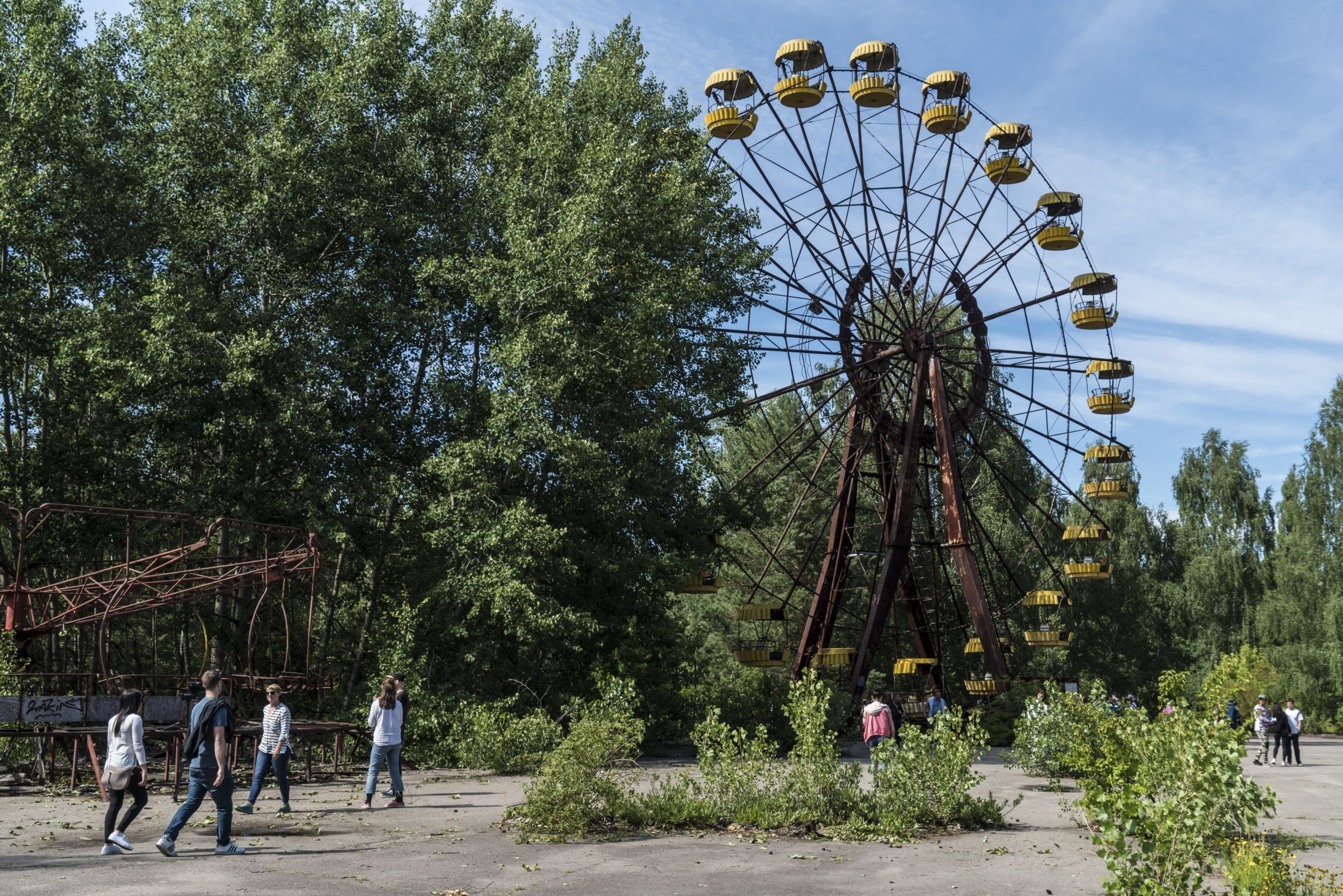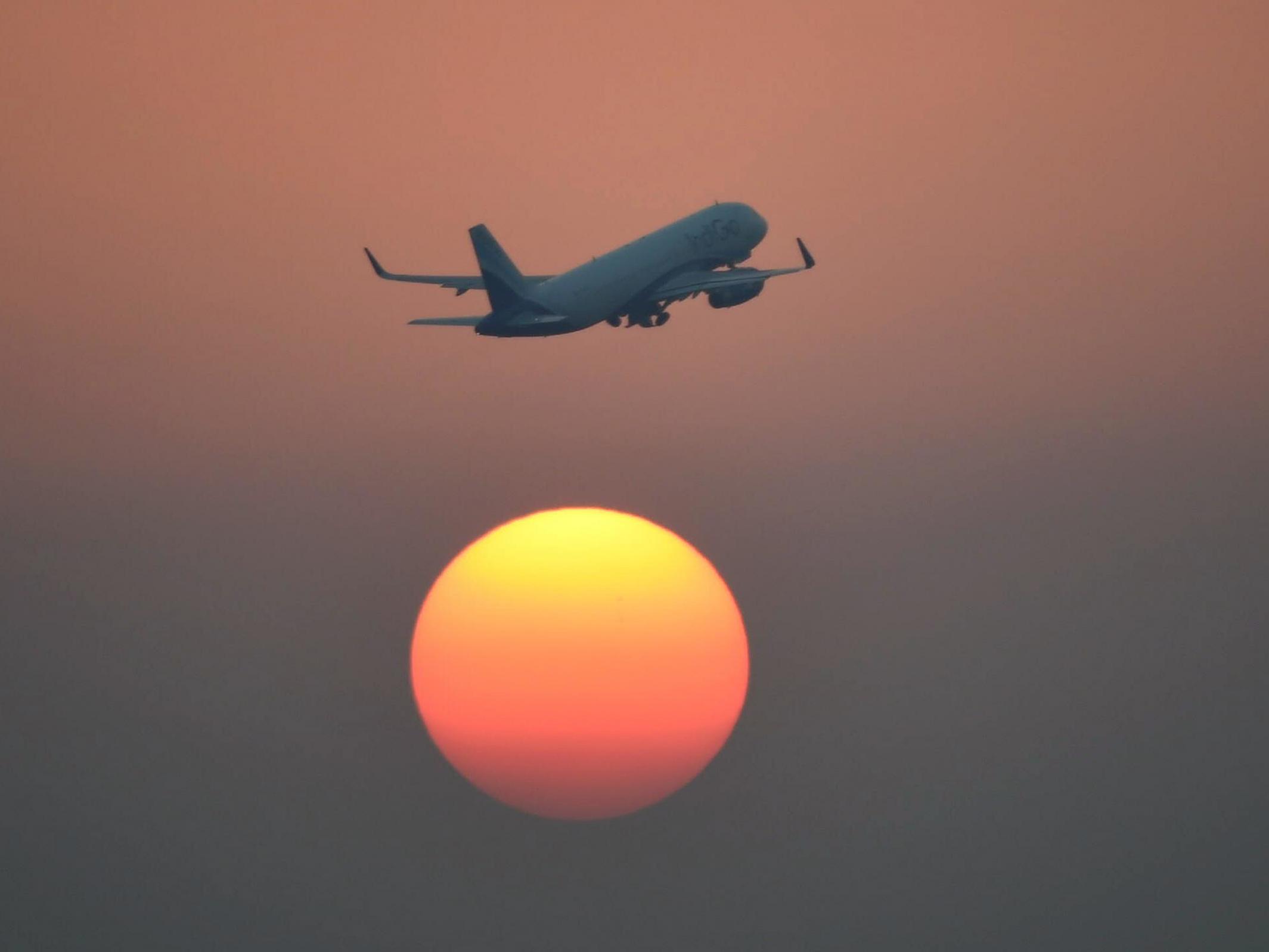Split-ticketing, Singapore stopovers and visiting Chernobyl
Got a question? Our expert, Simon Calder, can help


I read your article about “split-ticketing” on the railways with the help of a new app. Call me a cynic, but whenever I see something that claims to be a guaranteed money-saver, I wonder what catches there are. Can you enlighten me?
John P
Split-ticketing is the increasingly common practice of exploiting the many anomalies in rail fares, particularly for longer-distance journeys. On a journey from London to Bristol on a train that stops at Didcot Parkway, you can save a fortune if you buy two separate tickets.
This phenomenon has been around for decades, and there are various websites and apps to help, but the story I wrote was about the offering from Loco2, a rail ticket agency that is now owned by SNCF (French Railways). It is a mainstream retailer (a competitor of The Trainline) but with the difference that it will always offer a split ticket where it is advantageous – such deals are marked “Pricehack”. You can click to book and will be assigned the necessary tickets.
Splitting tickets has some drawbacks. The most obvious (and potentially expensive) is breaking the basic rule: the train must call at the station(s) where the split(s) take place. On that London-Bristol run, for example, half the trains whizz straight through Didcot at 125mph. Anyone who has split the journey tickets is deemed to be travelling without a valid ticket.
A nuance that once caught me out was that the stop must be to drop off and pick up passengers: on a Birmingham-Milton Keynes-London journey, which the ticket office in Birmingham was happy to sell me, the train manager pointed out that the Milton Keynes stop on that particular train was drop-off only.
A couple of catches are to do with disruption. Suppose your planned London-Didcot-Bristol train is cancelled; theoretically you would need to wait an hour rather than 30 minutes for the next service, though a word with the train manager on the next departure may solve that problem.
And because you are booking through an agent rather than direct, benefits such as Virgin Trains’ automatic delay-repay do not apply.
Finally, if you use one of the apps that offer split tickets, you will pay commission: £1.50 in the case of Loco2, with journeys costing above £100 incurring a £6 charge. But there is nothing (except time and hassle) to stop you using the information they provide and making your own split bookings.

My husband has booked a tour of Chernobyl without properly researching how safe it is. I’m worried that tour companies are only interested in making money. How can we be reassured that we don’t get exposed to a high level of radiation? Or that we don’t bring it home with us?
Name withheld
On 26 April 1986, after a sequence of human errors combined fatally with design flaws, Reactor No 4 at the Chernobyl nuclear power plant in northern Ukraine exploded catastrophically. Radioactive material covered the surrounding area, with the wind carrying airborne contamination across Europe.
Thirty-three years on, the location for the worst nuclear accident in history has become a tourist attraction, with hundreds of people each day making the trip from Kiev, Ukraine’s capital. The building that once housed Reactor No 4 is now encased in steel and concrete, and contained within a security perimeter.
In my experience the tours are professionally run, with attention paid to safety. At the first checkpoint, your passport is checked and you are issued with a personal “dosimeter” to assess how much exposure to radiation you receive during the day. At several points you undergo a body scan, again to detect unusual levels of radiation.
Unless you do something really silly such as approaching areas you have been told to avoid and which are still highly radioactive, there is no significant risk from radiation.. Like most people on the tour, my reading was about the same as exposure to radiation during a two-hour flight.
But safety is an issue, in the ghost towns and villages are full of hazards. Evidently, UK health and safety standards do not apply to tourist activities in Ukraine. Be prepared for lots of broken glass, trip hazards and unfenced ledges. Long sleeves and trousers, together with closed shoes, are essential.
Some people have expressed concern about the “Disneyfication” of a place of tragedy. But I believe the experience delivers enlightenment rather than entertainment.

Are all direct flights non-stop?
Yunus P
The short answer is no. A non-stop flight goes straight from A to B and does not stop to refuel. Most flights these days are like this: Heathrow to New York JFK, Manchester to Barcelona, Edinburgh to Dubai and so on.
A direct flight is a journey where you do not need to change planes. Therefore all non-stop flights are direct.
But while most direct flights are non-stop, there are many exceptions. The two daily flights from Heathrow to Sydney are good examples: both British Airways BA15 and Qantas QF2 stop to refuel in Singapore. They are direct but not non-stop.
Many of the BA and Virgin Atlantic flights to smaller islands in the Caribbean, such as Grenada and Tobago, stop en route in Antigua, Barbados or St Lucia. That is for commercial rather than technical reasons. Planes could happily fly non-stop from the UK to these destinations, but there is not felt to be the market to sustain such links.
In the olden days multi-stop flights were normal. British Airways used to fly Manchester-Rome-Dubai-Bombay (now Mumbai)-Bangkok-Hong Kong, for example.
These days multi-stops on routes that are not limited by range are rare, though Southwest Airlines sells some in the US – for example Denver via Burbank to Oakland.
The extreme distances in Russia can create a kind of Siberian hopscotch – such as Ural Airlines flight 366 from Vladivostok via the cities of Irkutsk and Yekaterinburg to St Petersburg, taking over 14 hours. But clear winner is the Norwegian regional airline, Wideroe, and its flight WF974 from Tromso to Kirkenes via Sorkjosen, Hammerfest, Mehamn, Berlevag and Vadso – adding five calling points to a point-to-point journey of only 264 miles.
Do you know if there is an opportunity to stretch legs or take a shower in Singapore on BA16 SYD-LHR which only has a fuel stop?
Rick F
British Airways’ once-extensive network between the UK and Australia – with frequent Boeing 747s serving Adelaide, Brisbane, Perth and Melbourne as well as Sydney – has now shrunk to a single daily round trip from London Heathrow to the nation’s biggest city, using a smaller Boeing 777. This is a reflection of the intense competition, especially from Asian and Gulf-based airlines.
The timing of the inbound service from Sydney, which you are taking, is reasonably attractive for anyone who wants to travel straight back. In the northern hemisphere summer, it leaves Sydney Kingsford-Smith airport at 2.50pm, with a 9.05pm arrival in Singapore. That means you have have dinner and perhaps a drink or two during the 3,900-mile flight, scheduled to take about eight hours.
You then have 90 minutes on the ground at one of the world’s finest airports, Singapore Changi. I checked with a British Airways spokesperson who told me: “Customers would have up to about 45 minutes in the terminal. Crew will advise customers when to be back at the gate area.”
Email your questions to s@hols.tv or tweet @simoncalder
Join our commenting forum
Join thought-provoking conversations, follow other Independent readers and see their replies
Comments